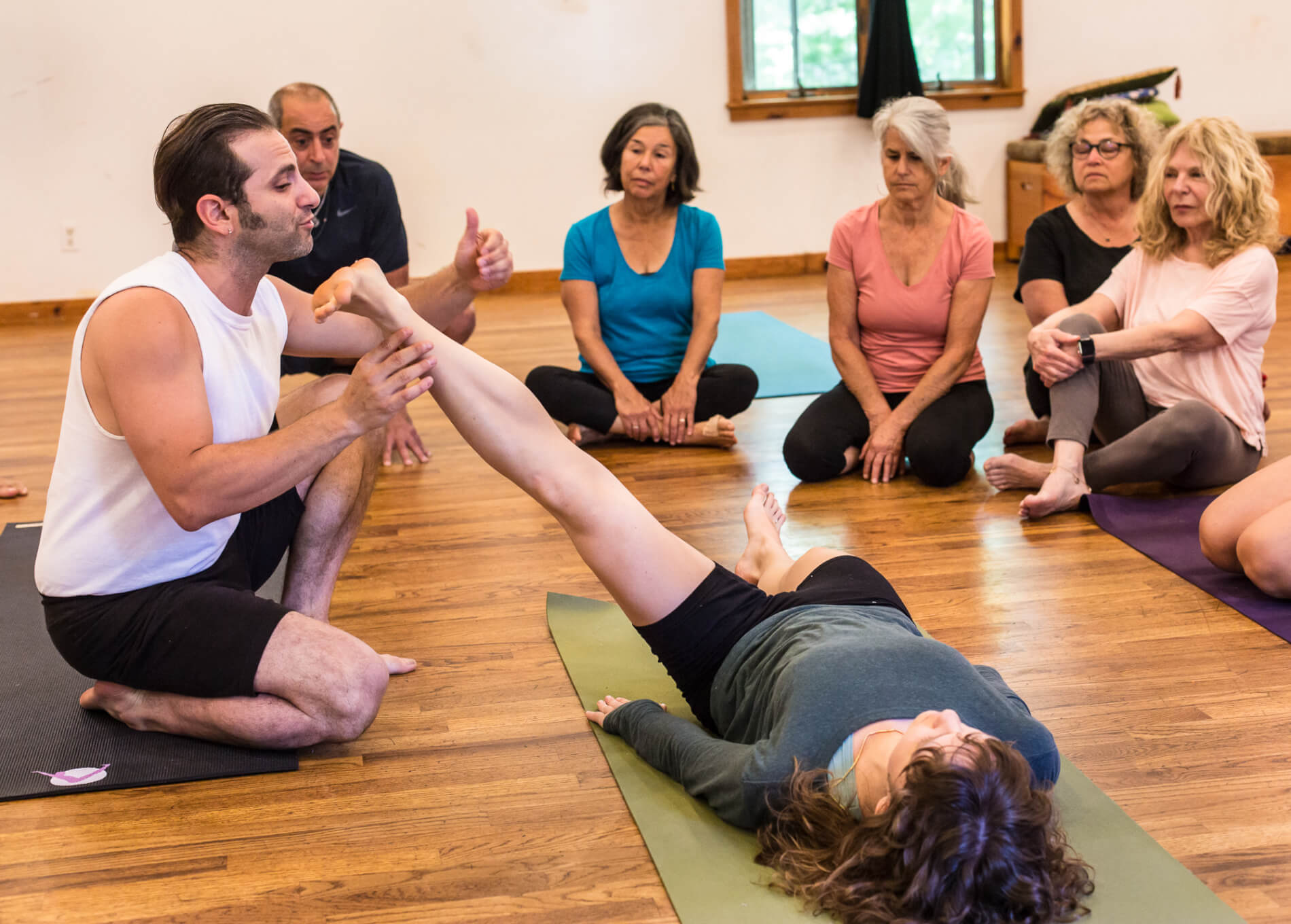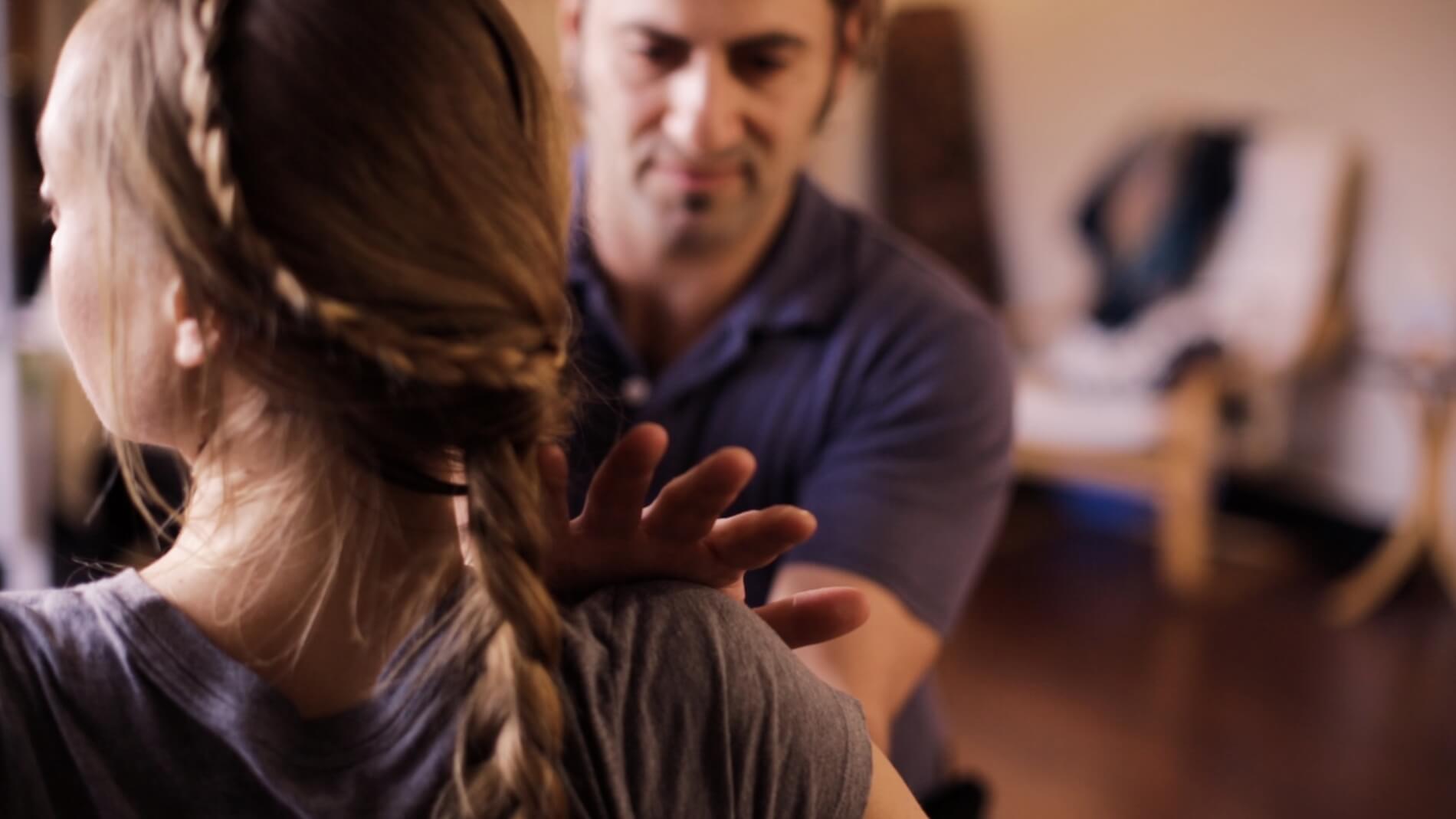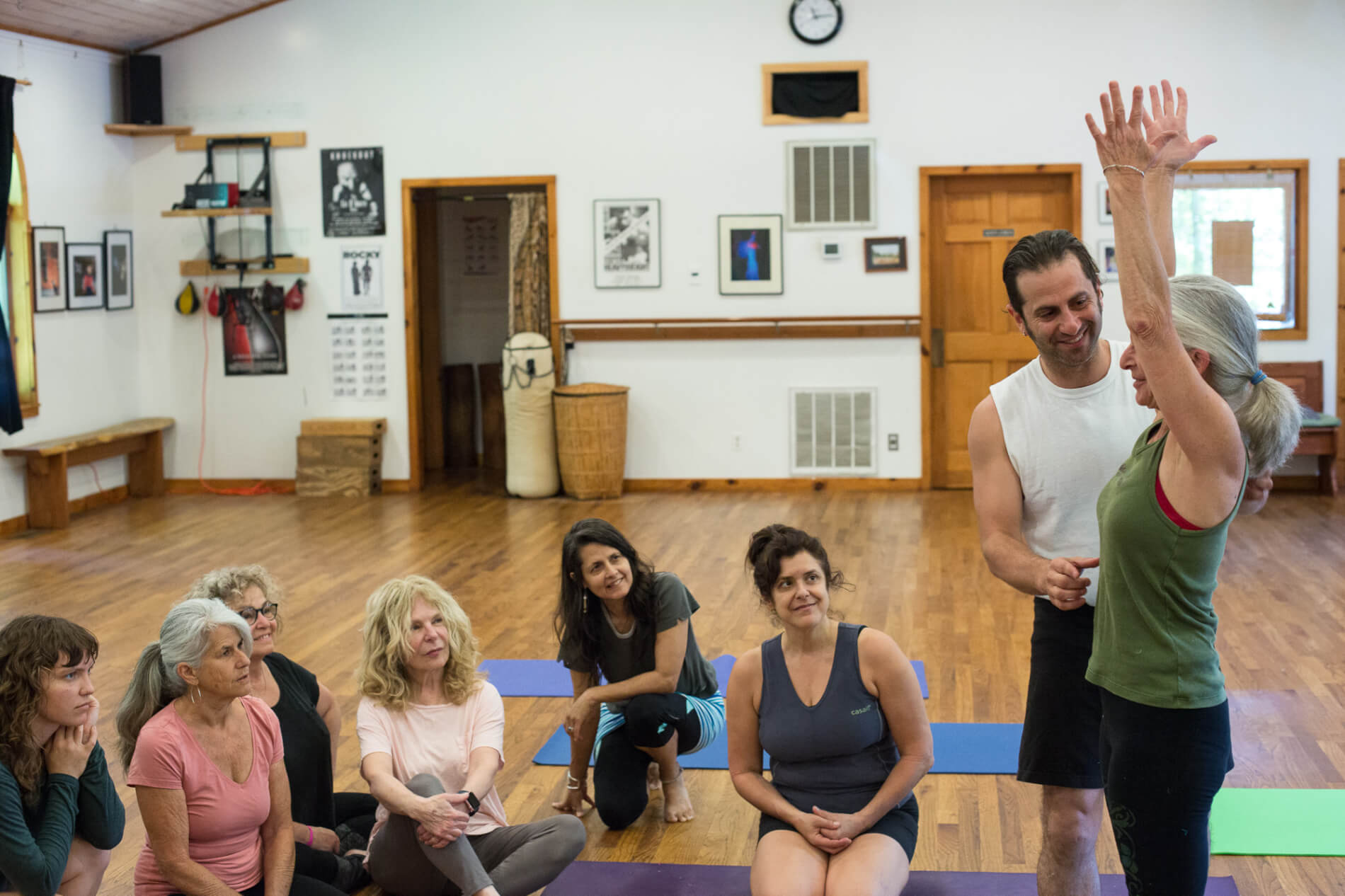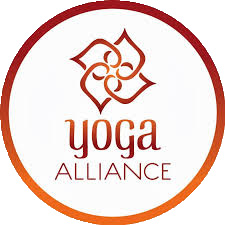Applied Yoga Integration is a mobility system that uses yoga poses and remedial exercises for assessment and treatment of musculoskeletal pain.
Yoga postures, when done correctly, are assessment tools for range of motion and strength. They are able to detect when joints are not centrated and when muscles are restricting movement.

Currently, many methods of teaching yoga do not focus on proper alignment. This causes yoga injuries, and people misunderstand the depth of the practice. Yoga is meant to increase physical and emotional strength. It is a practice aimed to develop knowledge and insight of self. The connection between the body and mind is profound, and with attention, yoga can provide great insight.
Applied Yoga Integration seminars focus on the entire person.
People are complex beings with muscles, joints, nerves, and emotions. When working therapeutically, it is important to take all this into consideration. Being able to address not only the physical structures but also the awareness one has of his or her own body is an empowering part of the rehabilitation process and a vital aspect of healing.
Who Should Attend?
The Applied Yoga Integration seminar is an essential continuing education course for Yoga Teachers. The theory and techniques provided in the AYI seminar are not taught in Yoga Teacher Trainings. This course is also designed to train manual therapists, physical therapists, trainers, and chiropractors. Having yoga experience is not a requirement for taking this course.
When you attend an AYI Seminar, you’ll gain a greater understanding of how to apply yoga therapeutics and remedial exercise to your patients/students.
Although the seminar is created for therapists and teachers, dedicated yoga practitioners will also greatly benefit. During the seminar, you’ll gain a deeper understanding of your own individual mobility including strengths and weaknesses. You will experience how your joints function and where they are limited. You will also learn yogic breathing techniques which will positively influence your life and practice.
Become an AYI Practitioner through our Advanced Training Seminar in all aspects including:
Motor Control
Joint Mobility
Alignment
The Importance of Breathing
Mind-Body Connection
Intelligence, Injury, and Rehabilitation
AYI Philosophy
Motor Control
Motor control is the process in which humans use their brains to coordinate and activate the muscles and limbs involved with a particular movement. Developing motor control is a key ingredient for creating an injury-resistant body. By training muscles and limbs to do particular actions, more mobility is generated resulting in greater motor control.

In classical yoga, most poses are done passively. We grab the foot to stretch the hamstring or climb the arm up the back to open the shoulder. As nice as this can be at times, if passive stretching is all we do, our joints wear down over time and we develop repetitive stress injuries.
Using the activation techniques taught in Applied Yoga, motor control is developed as well as tissue resilience. This makes the body strong and supple at the same time.
Joint Mobility
Assessing the function of the individual joints through yoga postures and remedial exercise is at the forefront of AYI. When one joint is either restricted or hypermobile, the surrounding joints and tissues have to pick up the slack. This creates compensation, limits movement potential, and eventually results in pain or injury.
Yoga postures act as assessment tools to detect when something is off. This gives therapists or practitioners a unique opportunity to make a correction to the form. When these corrections are made, movement potential increases, pain decreases, and quality of life is regained.
Alignment
Alignment is one of the most misunderstood topics in yoga. Students are always searching for the right way to do a pose. Alignment, however, is not a static experience. There is no one right way to do a pose, and there is no perfect alignment that is correct for every body.
There are, however, ways to do yoga poses that are harmful. In the AYI seminar, principles of alignment and assessment of clients are defined. Alignment is individual for each person. The actions necessary to centrate a joint are based on an individual’s starting point and are not a “do it this way every time” commandment. Creating healthy muscles and bones that articulate with each other to form optimal movement is key to helping someone work with an injury.
The Importance Of Breathing
The breath is the foremost movement pattern in life. It is the first movement newborns make and the last movement taken before death.
Most people do not breathe optimally. Others do not have awareness of the breath at all. The breath is directly related to thoughts and feelings. Studies have shown that short, quick, unconscious breaths lead to a state of anxiety whereas deeper, slower, more conscious breaths create a state of calmness and tranquility.

During the AYI seminar, proper breathing mechanics are taught. Students learn the difference between diaphragmatic, thoracic and abdominal breathing. Proper expansion and contraction of the ribs is learned as well as techniques for utilizing the exhalation to quiet the mind. This becomes an invaluable tool not only for our clients but also for us as practitioners.
Mind-Body Connection
There is a strong correlation between mind and body. One cannot exist without the other, and each is continually informing the other. When awareness is brought to an area of the body the consciousness previously did not penetrate, the attention translates into more vitality and aliveness.
The Buddha taught the importance of Mindfulness of Body when he stated that it is the direct path to enlightenment. This means that bringing attention to aspects of the physical form has far greater effect than simply relieving pain. It also suggests that discomfort in the body may be more than simply a physical phenomenon.
Yoga practice makes students stronger and more supple. It is a tool for self-awakening. The stronger and more mobile practitioners become, the greater their quality of life and the happier they can be.
Intelligence, Injury, And Rehabilitation
The body’s innate wisdom is an important component in human development. This unique intelligence informs the body when it is safe or when we are in danger. It also directs how to perform a particular action that aids in building strength and mobility. When the intelligence is not there, the potential for injury greatly increases.
After we get injured, the body creates compensation patterns. Muscles and joints don’t move the way they did previously, and scar tissue often develops. The first step in recovering range of motion is assuring joints are articulating on the proper plane. This prevents aberrant scar tissue from forming. Using the principles taught in the Applied Yoga Integration seminar, tissue can be returned to normal capacity.
As Seen In




Accredited By



Movement is key to life. When we lose our mobility, we lose quality of life. The practice of yoga is here to make us both flexible and strong. It is here to aid in our happiness, both physical and spiritual.
– Jory Serota, LMT, NKT, AYI
Upcoming Applied Yoga Integration Seminars
Venue
Dates
Times
Register
Please note, there is a $50 fee for cancellations made between 30-90 days before the course. Cancellations made between 7-29 days will incur a $100 fee. Within one week of a course there is no refund for canceling but you may transfer to another course for a $50 fee.
Force Majeure Clause: In the event of political unrest, natural disasters, medical emergencies/pandemics/epidemics, terrorism, labor strikes, curtailment of transportation, etc. we are not responsible for refunding your registration in full. There are 2 options. The first is to transfer to a class of your choosing within a year from the date of the original class. The second is to get a 50% refund and Applied Yoga holds 50% as a credit towards another class which must be used within a year.
